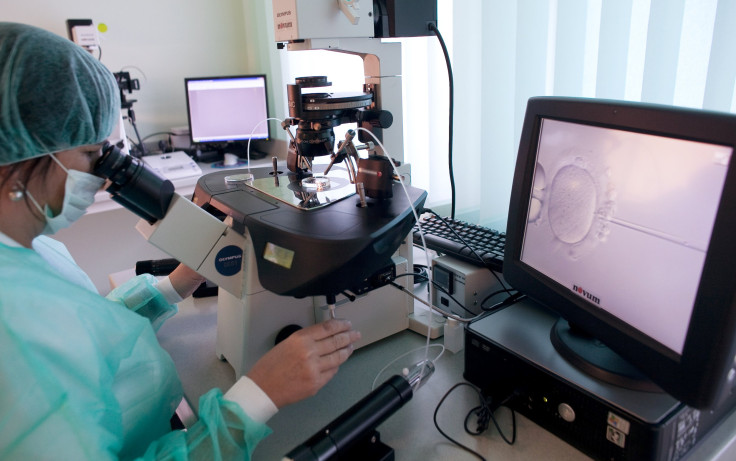Sterilisation process might be unsafe
Females opting for hysteroscopic sterilisation might have higher health risks than laparoscopic sterilisation

Patients who are undergoing hysteroscopic sterilisation might have higher risks of undergoing reoperation in comparison to the ones who are undergoing laparoscopic sterilisation. To help them decide, a team from Cornell University from Ithaca, New York, believe that discussing the benefits and risks of both the procedures with the patients would help them decide for the suitable option.
Sterilisation are of two types- Laparoscopic and hysteroscopic. The former has been a primary method of sterilisation for decades. This one is a surgical procedure that involves clipping, stitching or burning fallopian tubes to prevent pregnancy and requires general anaesthesia. The other one, hysteroscopic sterilisation, is far less complicated and only involves implanting the "Essure" device to block the fallopian tubes. It also does not require any general anaesthesia or surgery.
A report in clicktohouston.com showed that numerous problems have rose in the hysteroscopic approach as the procedure includes a three-month post-procedure waiting period before the sterelisation becomes effective and there is higher risk of unwanted pregnancy. Further, there are reports of other complications related to the Essure device. This included pain in pelvis, hemorrhage as well as incompatibility or device migration, making reoperation a necessity.
The researchers have recorded the complications in several females within 30 days of the initial sterilisation procedure and investigated about the unwanted pregnancies as well as reoperation up to three years after the initial sterilisation procedure. The results said that that the risk of reoperation is hysteroscopic cases is likely to be 10 times higher than females who went for Laparoscopic sterilisation procedure, said the medicalnewstoday.com report.
Female sterilisation is one of the very popular methods of contraception globally and is quite popular with females in Australia, Europe, North America, New Zealand, Central and South America as well as in the Middle East.
Contact the writer at feedback@ibtimes.com.au, or let us know what you think below.





















